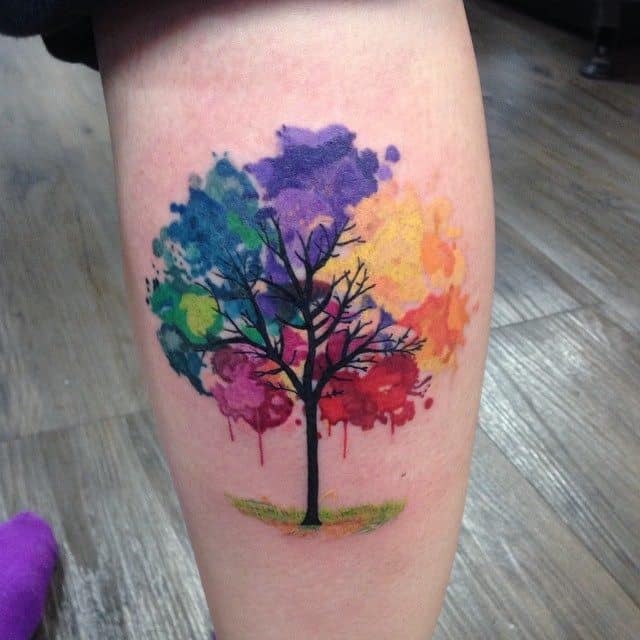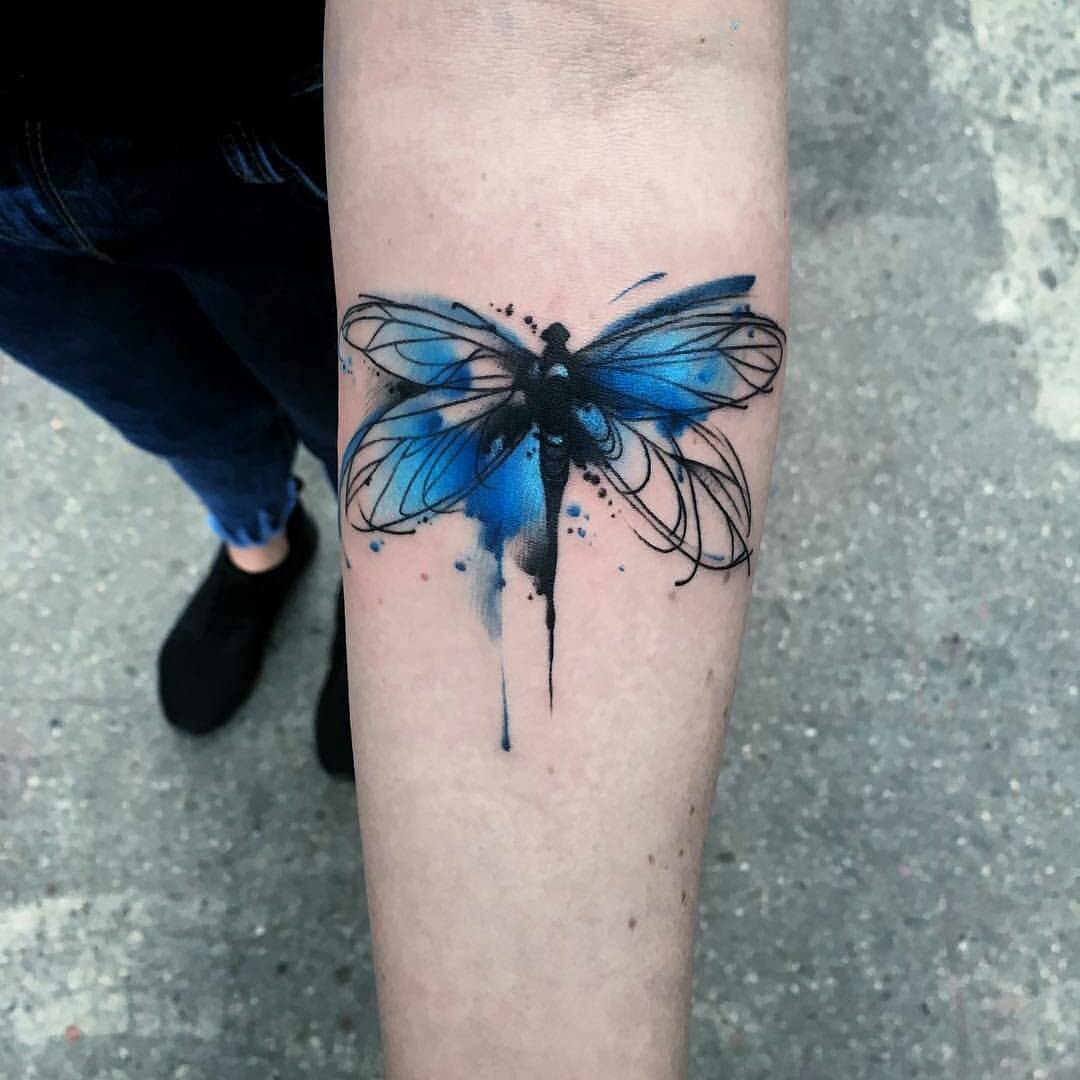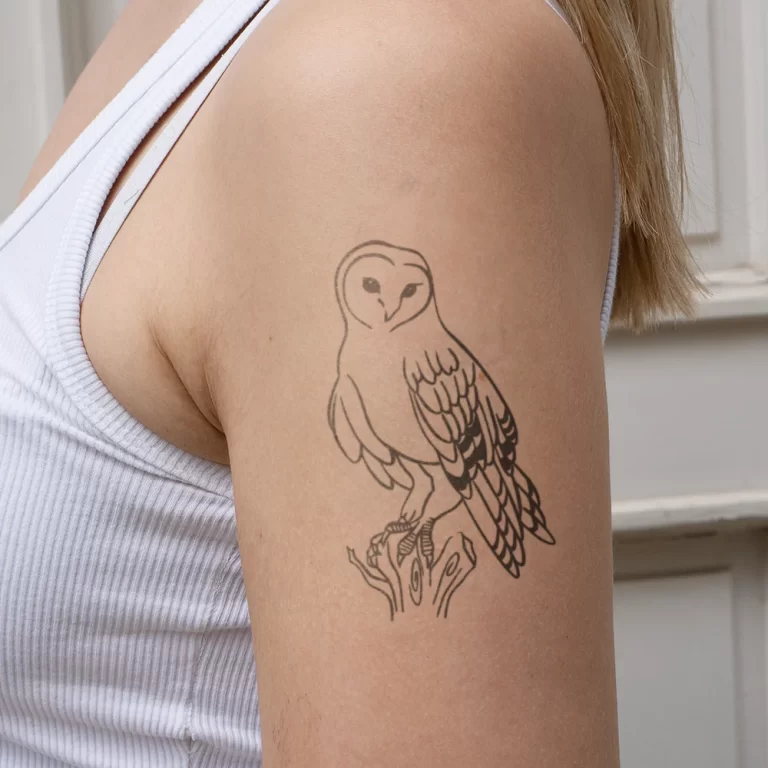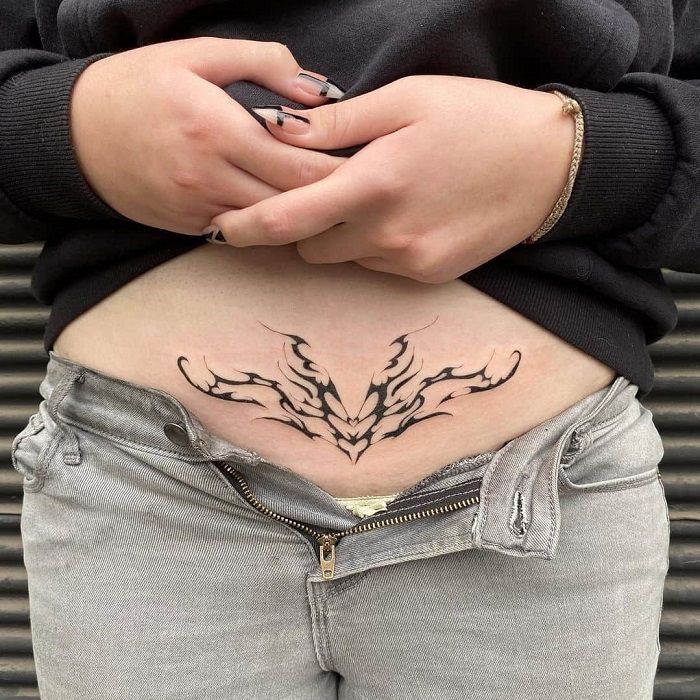
Watercolor Tattoo Techniques Explained: Designs and Motifs
History of Watercolor Tattoos
Watercolor tattoos burst into the tattooing scene with vibrant energy. Their history, while shorter than traditional tattoo art, is marked by innovation. The style mimics the fluidity and the splashes of color found in watercolor paintings. This form of body art has quickly become popular among those seeking a more free-form and abstract aesthetic.
Watercolor tattoos stand out from other styles due to their unique technique. Artists often forgo strong, black outlines that are commonplace in other tattoo genres. Instead, they use a more gentle wash of color. This creates a blend and bleed effect similar to actual watercolor artwork. The result is a tattoo that looks as though it has been painted onto the skin with a brush.
The origins of watercolor tattoos are not well-documented. While the trend has risen to prominence over the last decade, it draws on centuries-old watercolor painting methods. Artists have adapted these techniques to the medium of skin, which requires a deep understanding of color, shading, and composition.
As the popularity of this style grows, more tattoo artists are specializing in watercolor tattoos. They bring a diverse array of skills and creativity to the craft. With each artist’s personal touch, the watercolor tattoo continues to evolve. This ensures that no two pieces are ever exactly the same, much like the paintings that inspire them.
The watercolor tattoo movement challenges conventions. It pushes the boundaries of what is possible with ink on the skin. It offers a fresh and modern take on tattooing that appeals to a wide audience. People from all walks of life admire the translucency and vibrancy that watercolor tattoos offer.

Unique Characteristics of Watercolor Tattoos
Watercolor tattoos showcase a distinctive style that sets them apart from traditional ink. These tattoos lack the solid black outlines commonly seen in classic designs. Instead, artists use subtle color gradients. This creates an ethereal effect like that of watercolor paintings on paper.
These tattoos feature blends of color that merge seamlessly with one another. Artists achieve this through careful layering and color saturation. They splash and dab pigments onto the skin, mimicking the fluid nature of watercolors. This technique relies heavily on the artist’s skill in handling the ink without the guide of bold lines.
Bright, vivid hues and a wide range of pastel tones are typical in watercolor tattoos. These colors can appear to be translucent on the skin. They give the impression of depth and dimension. Unlike opaque inks in standard tattoos, the translucent quality can make these tattoos look more delicate.
Often, watercolor tattoos contain little to no black ink. Some designs, however, incorporate minimal black for contrast or definition. Yet, this is done sparingly and with strategic placement. The effect is to aid the watercolor effect, not detract from it.
This approach to tattooing brings about an impressive dynamism and movement. It feels as though the artwork is in a constant state of flow. For those aiming to express individuality and artistic flair, watercolor tattoos are the ideal choice.
With the emphasis on creativity and personal expression, watercolor tattoos often become a favorite for those seeking a tattoo that is as unique as they are. The bewitching fusion of colors and the absence of rigid lines offer a striking alternative to the traditional tattoo narrative.
Popular Designs and Motifs
Watercolor tattoo enthusiasts often choose designs that maximize the style’s vibrant and flowing qualities. Popular motifs often feature natural elements like flowers, birds, and landscapes. These subjects naturally lend themselves to the watercolor technique, blending colors in ways that mimic nature’s own artistry.
Some of the most sought-after watercolor tattoo designs include:
- Florals: Roses, lotuses, and cherry blossoms done in a watercolor style can look soft and ethereal.
- Wildlife: Butterflies, hummingbirds, and fish are common choices for their varied and striking color patterns.
- Abstract Art: Splashes of color and undefined shapes work well to create a sense of movement.
- Celestial Bodies: Sunsets, stars, and planets benefit from the gradient effects possible with watercolor tattoos.
- Quotes and Lettering: Delicate scripts enhanced with subtle washes of color add a personal touch to words that matter.
Designs often blend realism with fantasy, offering a unique twist on traditional subjects. The absence of bold lines enables watercolor tattoos to preserve a dream-like quality that is both alluring and magical. This distinct appeal makes watercolor tattoos not just a form of body art, but a personalized piece of wearable fine art that continues to capture the imagination.

The Tattooing Process for Watercolor Style
The tattooing process for a watercolor tattoo varies from traditional styles. It involves unique steps and careful techniques to achieve the desired fluid and vibrant look. Here is how artists bring these colorful masterpieces to life.
Preparing the Skin
Before the ink touches the skin, artists clean and shave the area thoroughly. Ensuring the skin is free of oils and hair is crucial for a smooth application.
Sketching the Design
Next, the artist sketches the design. This might be done lightly with pencil or using a stencil. Accuracy is key, even without bold outlines.
Layering Colors
The main feature of watercolor tattoos is layered colors. Artists apply ink in layers, starting with lighter shades and adding depth with darker hues.
Blending and Bleeding Techniques
To mimic watercolor paintings, artists use blending and bleeding methods. They carefully allow colors to overlap and merge, creating soft edges and transitions.
Incorporating Splashes and Dabs
To add a true watercolor effect, artists might include splashes and dabs of color. This technique can bring dynamism and the impression of movement to the tattoo.
Final Touches
With all colors in place, artists add final touches. This may include a minimal use of black for definition or contrast where needed. They refine the design to ensure it’s as vibrant and beautiful on skin as it is on paper.
Throughout the process, watercolor tattoo artists must have a keen eye for detail and color. They rely on their artistry to create a balance between spontaneity and precision. These tattoos require a different set of skills than ones with strong outlines and solid colors, making the choice of an experienced artist essential for success.
Selecting the Right Artist for Watercolor Tattoos
Choosing the right artist for your watercolor tattoo is vital. The artist’s skill directly impacts the beauty and quality of the outcome. When selecting an artist, consider these crucial points:
- Experience with Watercolor Technique: Look for an artist who specializes in watercolor tattoos. They should have a portfolio showcasing their expertise and style.
- Artistic Background: Your chosen artist should have a solid artistic background. This ensures they understand color theory and composition.
- Previous Work: Review their previous work. Look for evidence of successful blending, shading, and color layering.
- Consultation: Have a detailed consultation with the artist. Discuss your design ideas and get their input on how they will bring it to life.
- Hygiene Standards: Make sure the studio meets high hygiene standards. This is essential for any tattoo, but especially for the delicate watercolor technique.
- Client Feedback: Read reviews from past clients. Satisfied customers are a good sign of an artist’s reliability and skill.
Choosing an artist with these qualifications will help ensure that your watercolor tattoo is vibrant, expressive, and enduring. Remember, this is your body and your art, so take the time to choose wisely.
Care and Maintenance of Watercolor Tattoos
To keep watercolor tattoos looking their best, follow a dedicated care routine. Proper maintenance can prevent fading and preserve the tattoo’s vibrancy over time. Here’s what you should do to care for your watercolor tattoo:
- Gentle Cleansing: Gently wash the tattoo with mild soap and water. Pat it dry with a clean cloth.
- Moisturizing: Apply a fragrance-free moisturizer. This helps to keep the skin hydrated and the colors bright.
- Sun Protection: Protect the tattoo from the sun. Use a high-SPF sunscreen to shield the ink from UV rays.
- Avoiding Soaks: Stay away from baths, hot tubs, and swimming pools for the first few weeks. Soaking can damage the delicate ink.
- Loose Clothing: Wear loose clothing over the tattoo area. Tight fabrics can rub against the tattoo and cause wear.
- Touch-Ups: Plan for occasional touch-ups. They can help restore any color that may have faded with time.
- Healing Time: Give the tattoo time to heal. This could take up to two weeks, depending on the size and location.
Remember, every watercolor tattoo is unique, and so is its healing process. Always follow the aftercare instructions given by your artist, as these are tailored to your specific tattoo. Keeping up with these care steps will ensure your watercolor tattoo remains a vivid and dynamic piece of art for years to come.

The Longevity of Watercolor Tattoos
One concern that often accompanies watercolor tattoos is their longevity. Many people question if these tattoos can stand the test of time like their traditional counterparts. Here, we’ll explore factors that affect the durability of watercolor tattoos and how they compare to other styles in terms of lasting quality.
Firstly, it’s important to note that all tattoos will fade over time, and this includes watercolor tattoos. However, the absence of bold, black outlines in watercolor tattoos makes any fading more noticeable. To this end, a watercolor tattoo may require more frequent touch-ups to maintain its vibrant appearance.
The use of lighter colors in a watercolor tattoo can be both its charm and its challenge. Lighter pigments may fade faster compared to the darker inks used in traditional tattoos. The sun can also play a significant role in the fading process. Regular exposure can speed up the fading, necessitating the need for good sun protection habits.
Another factor is the skill of the tattoo artist. A well-executed watercolor tattoo by an experienced artist can enhance its longevity. An artist’s technique in layering and blending can make a difference in how the tattoo ages over time. Choosing an artist with experience in watercolor techniques is crucial for this reason.
Moreover, the area of the body where a watercolor tattoo is placed can affect its longevity. Areas that experience more friction or are frequently exposed to sunlight might see more rapid fading. Tattoos in these areas might need touch-ups sooner.
Proper aftercare and maintenance, such as keeping the skin moisturized and protected from the sun, also play a vital role in the tattoo’s lifespan. Diligent care can help sustain the bright colors and definition of a watercolor tattoo.
In summary, with the right artist and good care, watercolor tattoos can remain beautiful for many years. However, they may fade more quickly than traditional tattoos, and therefore could require additional maintenance to keep them looking their best.
Addressing Common Misconceptions
When it comes to watercolor tattoos, some people hold misconceptions that can lead to confusion. Let’s clear up some common misunderstandings about this tattoo style.
Fading Faster Than Traditional Tattoos
A common belief is that watercolor tattoos fade quicker than traditional ones. It’s true that they may show fading without bold, dark outlines. Yet, with proper care and touch-ups, they can stay vibrant for years.
Lack of Longevity
Some think watercolor tattoos don’t last long. All tattoos fade over time, not just the watercolor style. Good aftercare can keep them bright and distinct.
Only for Certain Skin Tones
Another myth is that watercolor tattoos suit only light skin tones. In truth, skilled artists adapt watercolor tattoos for various skin colors. They use the right color contrasts to make them pop.
Easy to Do
People might assume watercolor tattoos are easy to apply. The technique is quite skilled and complex. Choosing a well-trained artist is essential for high-quality results.
Limited Design Options
Lastly, there’s a misconception that design options are limited. Watercolor tattoos can portray a wide range of images and ideas. With creativity, nearly any design can take on a watercolor form.
By understanding these points, potential tattoo recipients can better appreciate what makes watercolor tattoos a unique and lasting art form.

